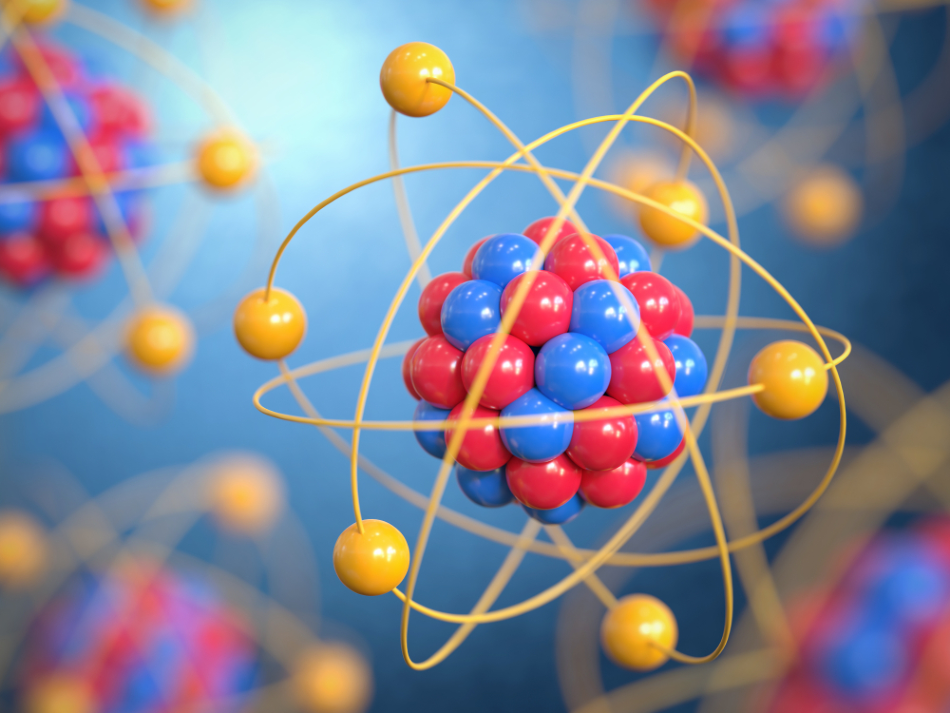Article updated on 11 March 2021

Image Credit: koya979/Shutterstock.com
Neutron radiography’s first facility was founded in 1984 at a Malaysian site. The facility was built and established between 1984 and 1985 and titled as NUR-2. It exists as a research and development building for biological and archaeological testing, as well as other mechanical operations.
The mid-80s establishment has presented significant disruptions in neutron image quality. Low thermal neutron intensity catalyzes extended irradiation times, which then creates many hindrances for industrial and mechanical applications.
What is a Neutron Image?
When neutrons are part of an image-making process, the scientific term given to it is neutron imaging. These images resemble X-ray images; but, they can be more detailed than X-ray imaging methods because neutron properties can reveal other components of an image.
Largely, the main difference between processing either an X-ray or neutron image lies in material density. X-rays are inhibited by denser components, whereas neutrons do not rely on density at all.
Metals typically let neutrons go right through them. However, hydrogen pushes neutrons to disperse, but less dense chemical elements, such as boron, will grip neutrons. Thus, these qualities make neutron imaging more suitable for certain jobs than its sister-process of X-ray imaging.
So, although neutron images have similar visuals to X-ray images, their neutron attenuating properties ensure a different outcome to their sister photos. Both X-ray and neutron images show non-matching models.
Neutrons are sourced at a nuclear reactor. These reactors have a surplus of neutrons and can guarantee neutron availability. Neutron accelerators are also becoming more widespread. These accelerators dismantle bombarded nuclei into multiple pieces. All of which are capable of neutron imaging.
Neutron Imaging Non-Destructive Techniques
NR analyses are mostly shown through thermal and epithermal neutrons. These neutrons are found in research reactors and the facilities provide a sufficient neutron count to carry out several non-destructive methods.
This section will discuss phase-contrast radiography, static NR, neutron computer tomography, and real-time NR techniques.
Phase-contrast radiography uses an edge-enhancement method to make the subject’s parts visible. The edge-enhancement method issues low contrast with the usual radiography methods. A neutron beam with an elevated spatial transversal coherence is required to visualize shifts in the subject matter being tested. A tiny pinhole with a significant distance between itself and the object makes it possible to retrieve promising results.
By way of interferometry principles, the phase information of the neutron beam with a subject can be accessed directly.
Static NR observes a still picture of a subject. The contents are typically in film, which is most commonly used but can be digitized with multiple devices, such as a scanner. As static NR advances, the imaging plate system and camera method are used more widely. The imaging plate system, or IP, harbors radiation energy and resembles a film radiation image sensor - the sensor is presented by luminescence from the photograph.
NCT, or neutron computer tomography, showcases cross-sectional pieces of objects. These displays are typically presented in high resolution and can be materialized into 3D models. Since better accessibility of CCD cameras, this 1970s technique’s initial concern with available neutron detectors has dissipated. Scintillators convert the neutron beam into a light visual, and the CCD camera creates images of a small part of the scintillating screen. The images are observed and recorded in varying positions and the 3D visual can be reconstructed.
Real-time NR techniques, also known as dynamic NR, concern themselves with movements inside of an object; meaning it tracks fluids, evaporation, and condensation within observed subjects. A scintillator plate transforms neutrons into light, similar to NCT, but an LLL video camera or CCD camera detects this light. Several short images are taken and they are reviewed on a time scale; they can also be seen on a monitor screen, via a computer or recorder.
All of these advanced techniques, and their growing developments in precision and accessibility, have improved neutron image quality.
References and Further Reading
Disclaimer: The views expressed here are those of the author expressed in their private capacity and do not necessarily represent the views of AZoM.com Limited T/A AZoNetwork the owner and operator of this website. This disclaimer forms part of the Terms and conditions of use of this website.